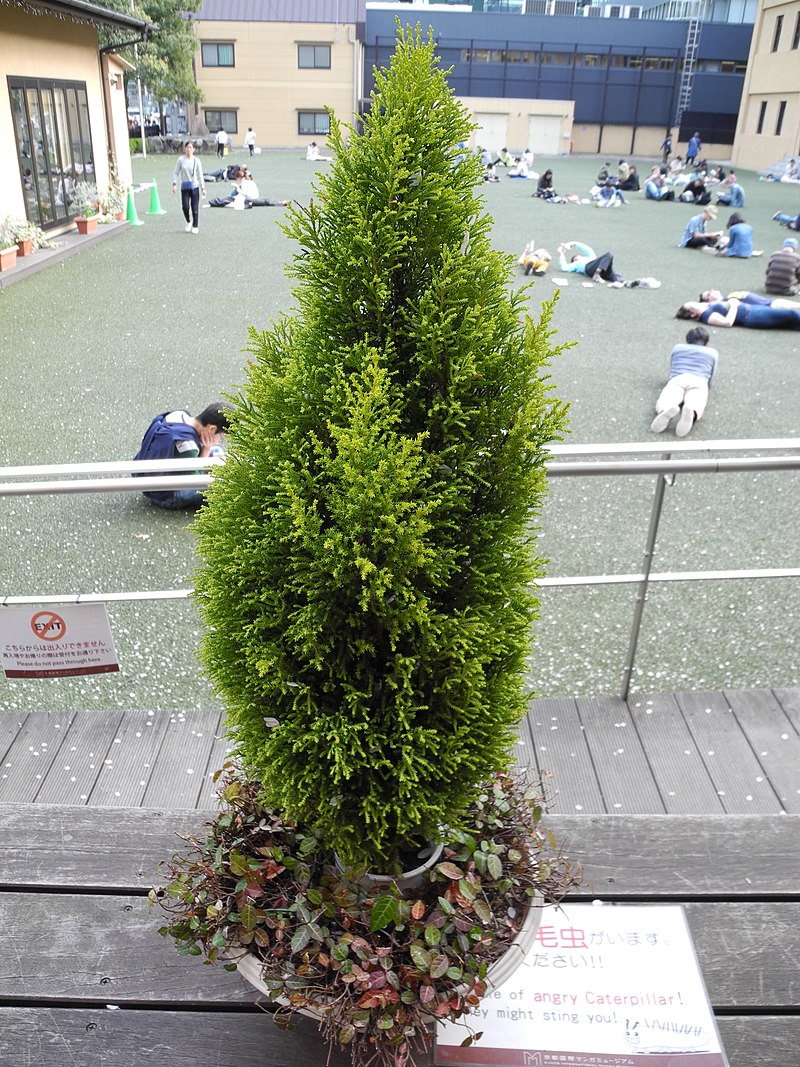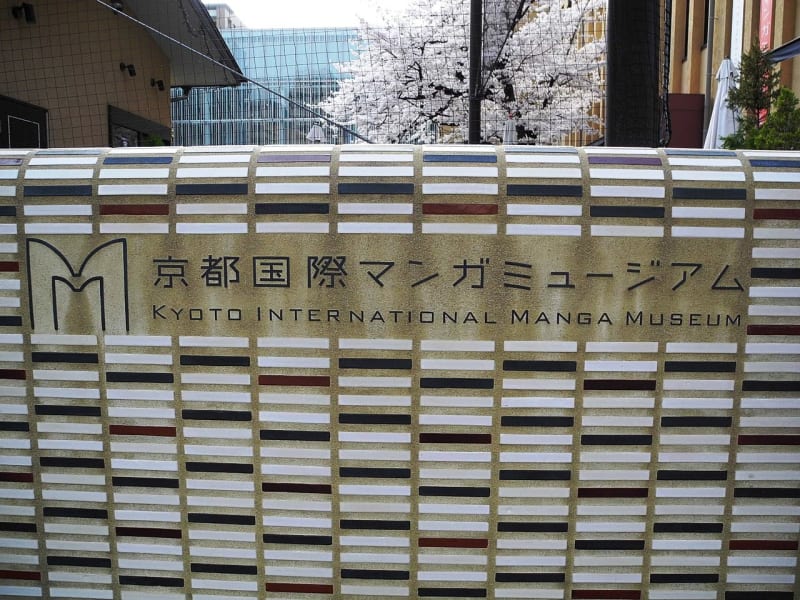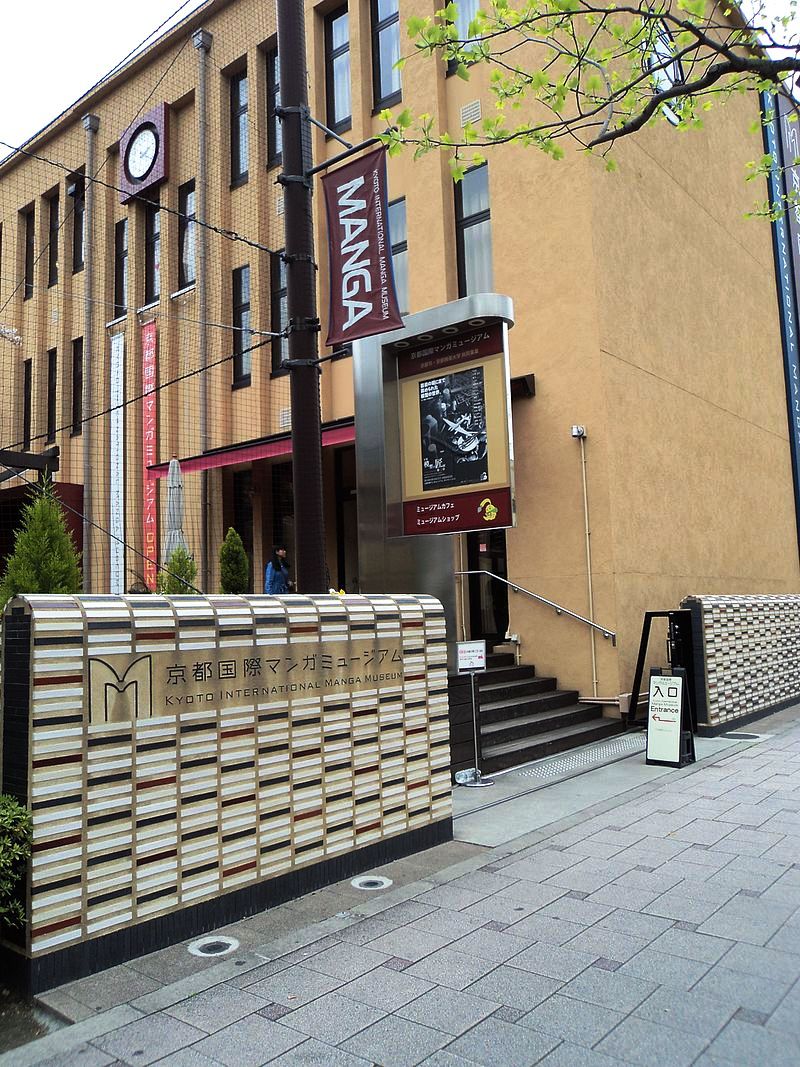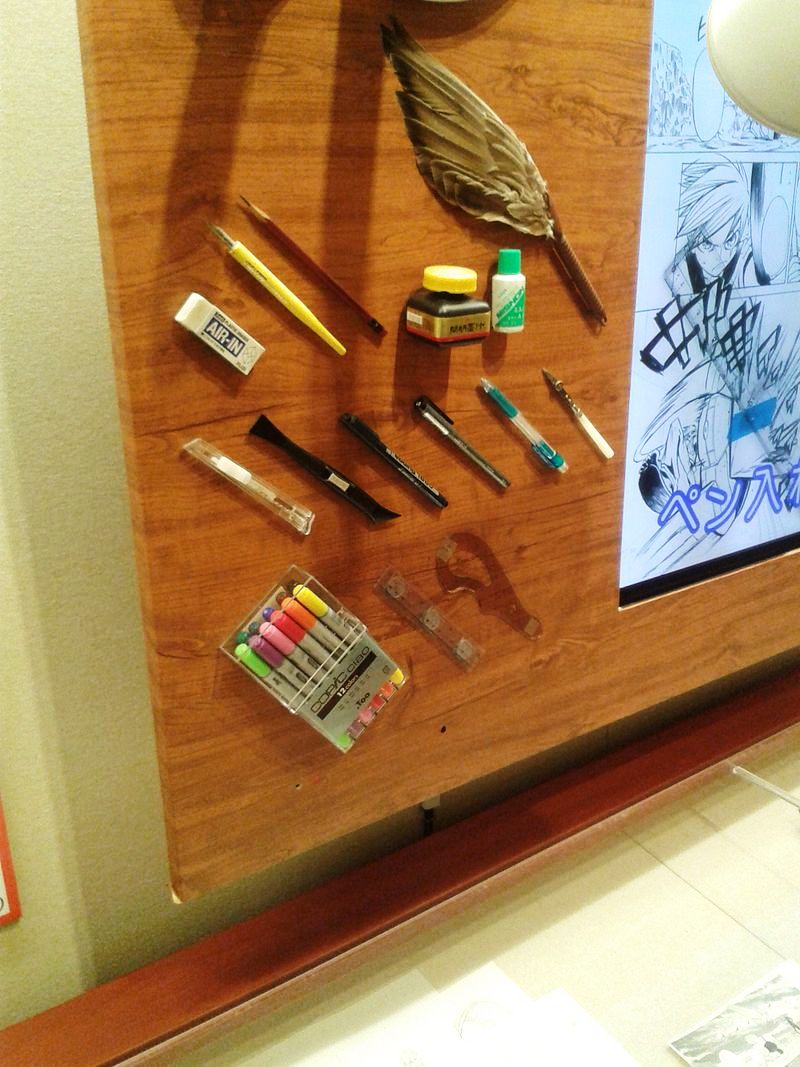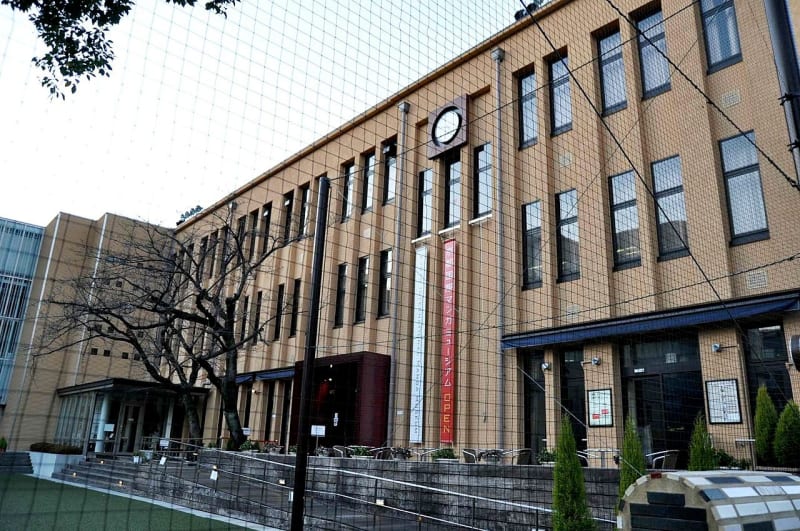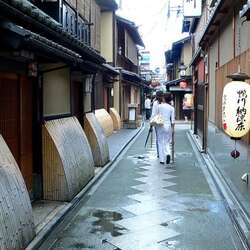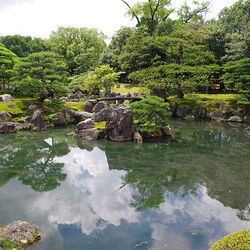International Manga Museum
The International Manga Museum was opened in 2006 by a joint decision of the city authorities and Seika University in Kyoto. A house was allocated for the museum, which used to house an elementary school. In 1973, the university began teaching manga in one of the first institutions. In addition to the exposition and lecture sections, the museum actively conducts research activities and is a scientific center where international conferences are regularly held.

Short description
The International Manga Museum is the world's first museum dedicated to this art form. His collection contains almost 300,000 copies of manga. Comics or manga are Japanese comics. The International Manga Museum has rare books published after the war and a collection of magazines dating back to the Meiji period (1868-1912). For example, the magazine "Eshinbun Nihonchi" from 1874. The number of exhibits is constantly increasing. Many copies are translated into other languages, most often into English. Russian comics can be found among the exhibits. The visitor has the right to take and read the book of interest directly in the museum premises or in the courtyard covered with a green meadow.
Features of the International Manga Museum
The three lower floors are occupied by a manga Wall. It contains famous works released after the 70s of the last century, among them - "Naruto", "Nana", "One Piece". The museum includes a research sector, an exhibition hall, halls with copies of books and magazines, a gallery, a souvenir shop and a manga cafe where you can read comics and use the Internet. The International Manga Museum is open daily except Wednesday. Tens of thousands of foreign tourists come to the museum every year.
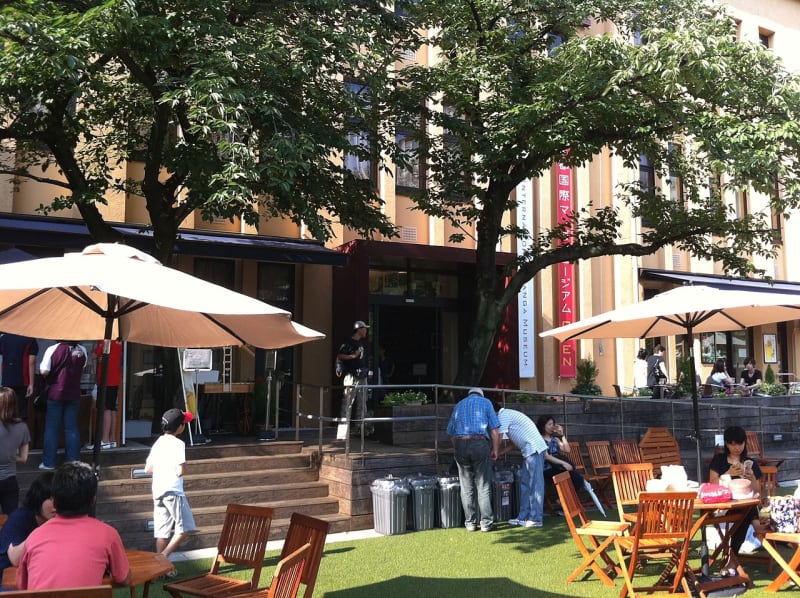
On weekends and holidays, the manga studio organizes workshops for aspiring artists. Professional manga comics artists demonstrate the step-by-step creation of manga from beginning to completion. They arrange "paper plays" for children - kamishibai. This is a traditional genre for Japan, when the narration is accompanied by the display of paper pictures. There is a version that many manga authors started with narrators in "paper plays".
Every Friday, visitors can order a manga-style portrait for professional artists. The International Manga Museum has its own mascot symbol, Mamyu. The name consists of two initial letters of the combination "manga museum" in English. From Mamu's head, you can see the pen he draws with, and behind his back, there are furoshiki, where he puts manga. A furosiki is an artfully knotted knot made of fabric, inside which things are placed, used instead of a bag.
